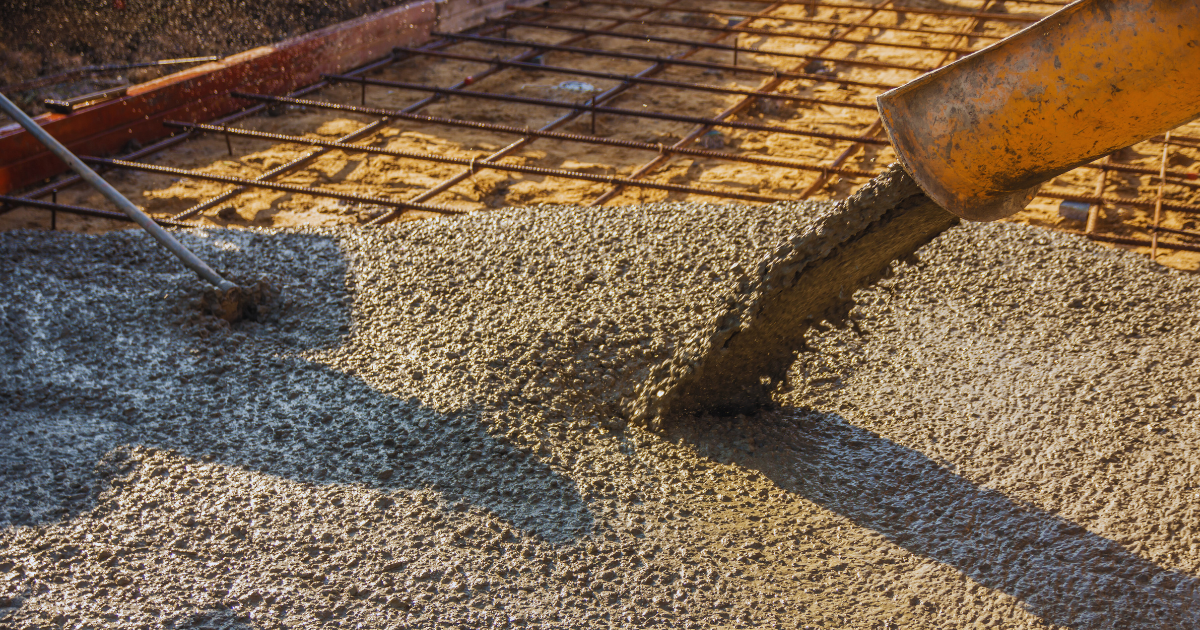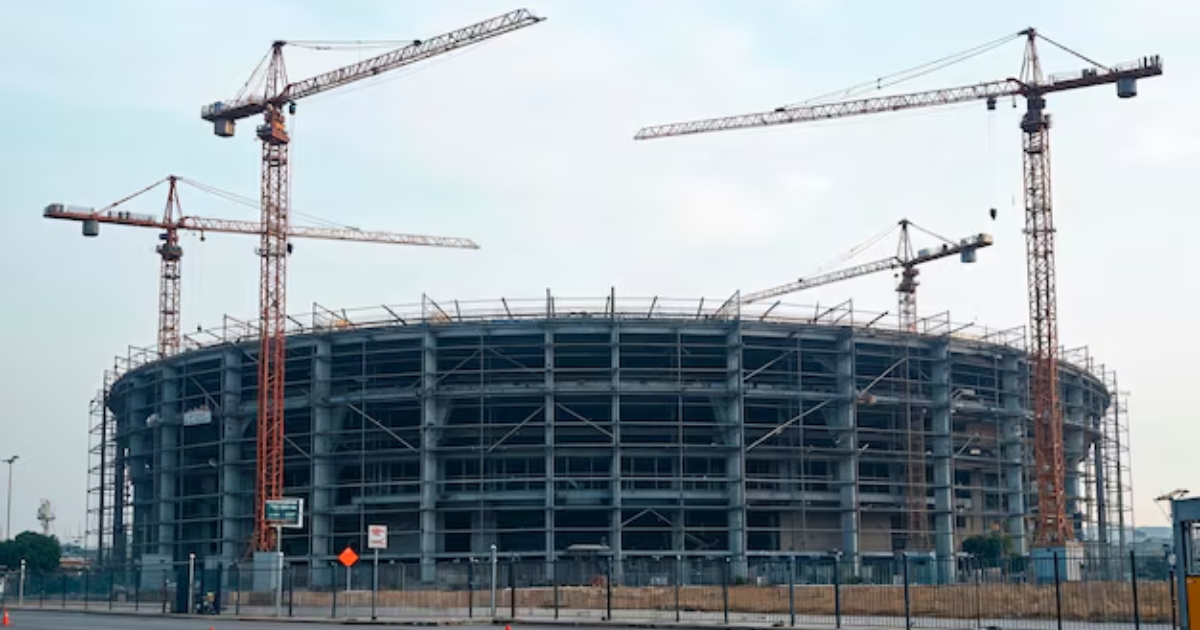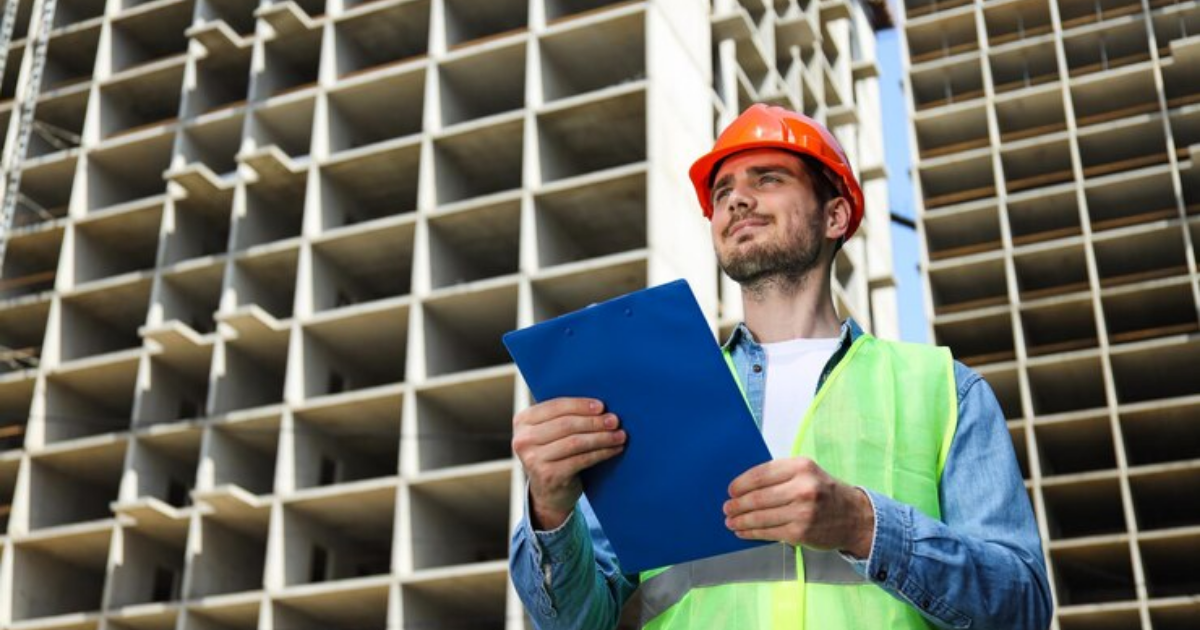In the realm of deep excavation projects, understanding the Diaphragm Wall Construction Cost is crucial for successful project planning and execution. This blog will delve into the key factors influencing the cost of diaphragm wall construction and provide practical budgeting tips to help manage expenses effectively.
Understanding Diaphragm Wall Construction
Before diving into the cost factors, it’s essential to understand what diaphragm wall construction entails. Diaphragm walls are deep, cast-in-place, reinforced concrete walls used as earth-retaining structures. They are commonly employed in the construction of basements, tunnels, and other underground structures, especially in urban areas where space is limited. The process involves trench excavation supported by a bentonite or polymer slurry, the placement of reinforcement cages, and the pouring of concrete using the tremie method.
Key Factors Influencing Diaphragm Wall Construction Cost
Several factors contribute to the overall Diaphragm Wall Construction Cost. Recognizing these factors can help in making informed decisions during the planning and execution stages of the project.
1. Geotechnical Conditions
The nature of the soil and groundwater conditions significantly impacts the Diaphragm Wall Construction Cost. Difficult geotechnical conditions, such as hard rock or highly permeable soils, require specialized equipment and techniques, which can increase costs. Groundwater management, including dewatering and slurry stabilization, also adds to the expense.
2. Wall Dimensions
The depth, thickness, and length of the diaphragm wall directly affect the cost. Deeper and thicker walls require more materials and longer construction times, leading to higher expenses. Additionally, longer walls involve more extensive excavation and concrete placement, further increasing the overall cost.
3. Reinforcement Requirements
The amount and type of reinforcement needed for the diaphragm wall play a crucial role in determining the cost. High-strength steel reinforcement is often necessary for walls subjected to significant loads, which can be more expensive. The complexity of the reinforcement cage design and the labor required for its installation also contribute to the Diaphragm Wall Construction Cost.
4. Construction Techniques and Equipment
The choice of construction techniques and equipment can significantly influence the cost. Advanced techniques, such as hydrofraise or cutter soil mixing, offer precision and efficiency but come with higher costs. The use of specialized equipment like clamshell grabs or trench cutters can also increase expenses.
5. Material Costs
Material costs, including concrete, steel reinforcement, and slurry, are substantial components of the Diaphragm Wall Construction Cost. The quality and specifications of these materials affect the overall expense. High-performance concrete with low permeability is often required for diaphragm walls, which can be more costly than standard concrete.
6. Labor Costs
Labor costs vary depending on the project’s location, the skill level of the workforce, and the duration of the construction. Skilled labor is essential for the accurate execution of diaphragm wall construction, and their expertise comes at a premium. Labor-intensive processes, such as reinforcement cage installation and tremie concreting, further add to the costs.
7. Site Conditions and Accessibility
Site conditions, including the availability of space and ease of access, influence the construction cost. Urban areas with limited space require careful planning and execution, often leading to higher costs. Accessibility issues, such as narrow streets or congested areas, can also increase transportation and logistical expenses.
8. Environmental and Safety Regulations
Compliance with environmental and safety regulations can add to the Diaphragm Wall Construction Cost. Measures to control dust, noise, and slurry disposal, as well as ensuring the safety of workers and the public, involve additional expenses. Adherence to local regulations and obtaining necessary permits also contribute to the cost.
Budgeting Tips for Diaphragm Wall Construction
Managing the Diaphragm Wall Construction Cost effectively requires careful planning and strategic budgeting. Here are some practical tips to help control expenses and ensure the financial success of your project.
1. Conduct Thorough Site Investigations
Investing in comprehensive geotechnical investigations at the outset can prevent costly surprises during construction. Detailed knowledge of soil and groundwater conditions allows for accurate planning and cost estimation.
2. Optimize Wall Design
Work closely with structural engineers to optimize the design of the diaphragm wall. Consider alternative designs that meet structural requirements while minimizing material usage and construction time. Value engineering can help identify cost-saving opportunities without compromising quality.
3. Select Appropriate Construction Techniques
Choose construction techniques and equipment that balance efficiency and cost-effectiveness. While advanced methods may offer precision, evaluate whether simpler techniques can achieve the desired results at a lower cost. Collaborate with experienced contractors to determine the best approach for your project.
4. Plan for Efficient Material Usage
Order materials in bulk where possible to take advantage of discounts. Ensure accurate quantity estimates to avoid over-ordering or last-minute purchases at premium prices. Use high-quality materials that offer long-term durability, reducing the need for costly repairs or replacements.
5. Hire Skilled and Experienced Contractors
Engage contractors with a proven track record in diaphragm wall construction. Experienced contractors can anticipate challenges and implement efficient solutions, reducing the risk of delays and cost overruns. Negotiate contracts that include clear terms for scope, timelines, and costs.
6. Implement Robust Quality Control
Establish stringent quality control measures to ensure that construction meets the specified standards. Regular inspections and testing can identify issues early, preventing costly rework. Maintain detailed records of all quality control activities for accountability and future reference.
7. Monitor and Manage Project Progress
Implement a robust project management system to monitor progress and manage resources effectively. Use project management software to track timelines, costs, and milestones. Regularly review progress reports and adjust plans as necessary to stay on budget this point needs to be considered for Diaphragm Wall Construction Cost exclusively.
8. Prepare for Contingencies
Allocate a contingency budget to cover unexpected costs and delays. Unforeseen issues, such as adverse weather conditions or unforeseen ground conditions, can impact the Diaphragm Wall Construction Cost. Having a contingency fund ensures that the project can continue without financial strain.
9. Engage in Early Contractor Involvement (ECI)
Involve contractors early in the design and planning stages. Early Contractor Involvement (ECI) allows for valuable input on construction feasibility, cost estimation, and risk management. Collaborative planning can lead to more accurate budgeting and efficient execution.
10. Regularly Review and Update Budget
Continuously review and update the project budget to reflect changes in scope, market conditions, and project progress. Regular financial audits and reconciliations help identify discrepancies early and enable timely corrective actions.
Conclusion
Diaphragm Wall Construction Cost is influenced by a multitude of factors, from geotechnical conditions and wall dimensions to material and labor costs. By understanding these factors and implementing effective budgeting strategies, project managers can control expenses and ensure the successful completion of their diaphragm wall projects.
Careful planning, collaboration with experienced professionals, and robust quality control are essential for managing costs effectively. With the right approach, diaphragm wall construction can be executed efficiently and within budget, delivering durable and reliable structural solutions for a variety of applications. Whether constructing deep basements in urban areas or supporting large-scale infrastructure projects, mastering the intricacies of Diaphragm Wall Construction Cost is key to achieving financial and structural success.







